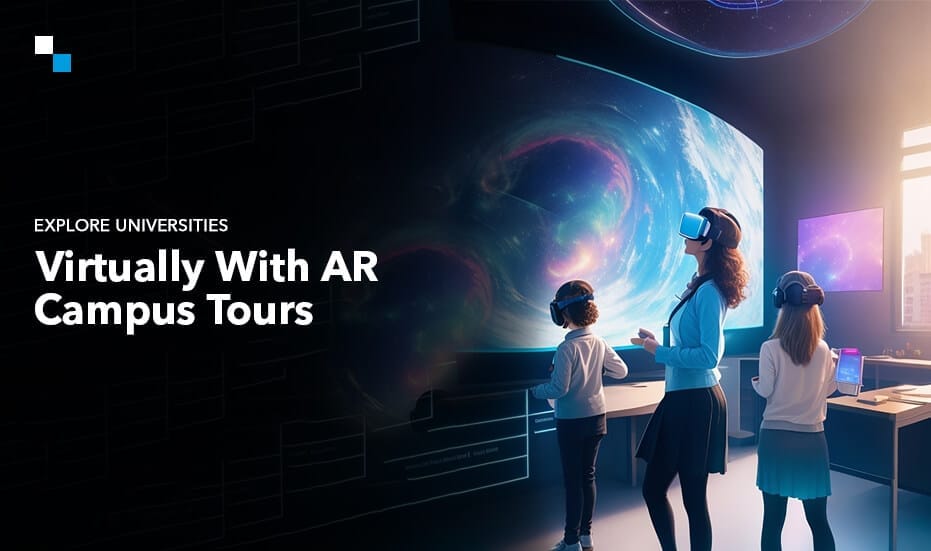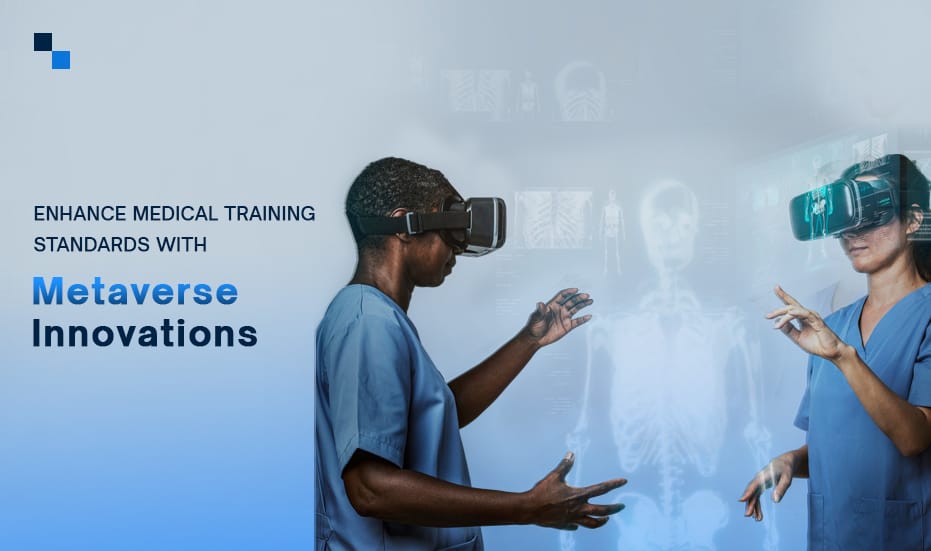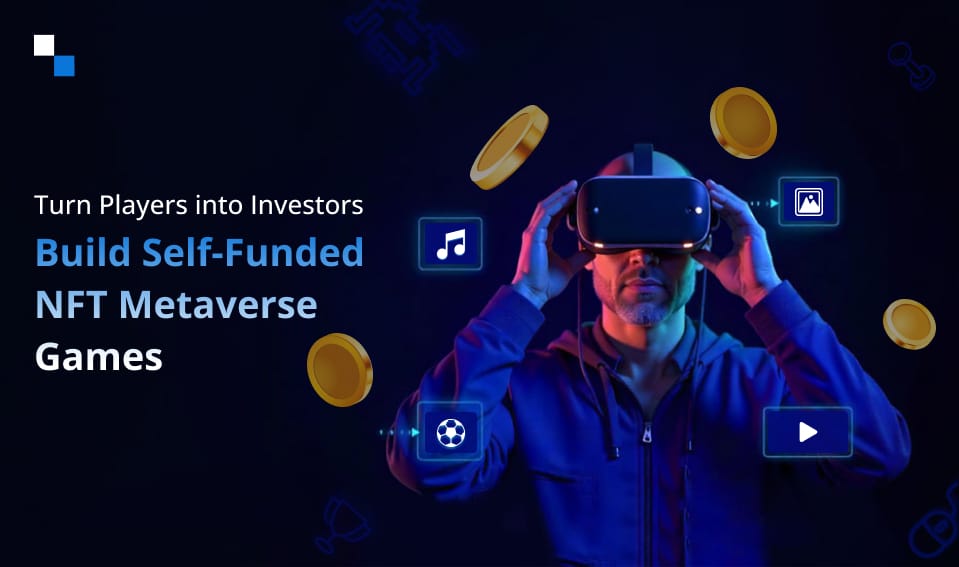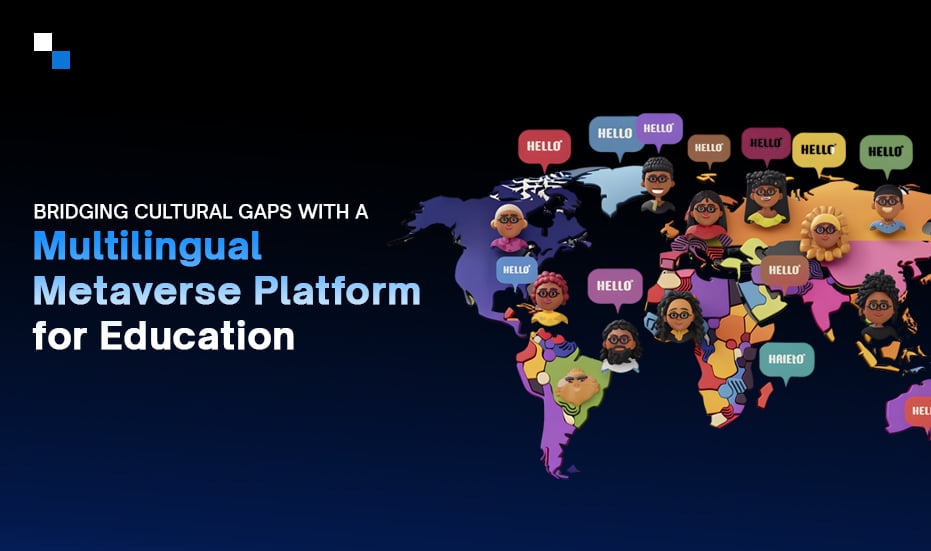
Top 10 Web3 Neobanking Development Companies to Watch in 2024
June 19, 2024
What is ERC-7007 & Why Does It Matter For Crypto Token Development?
June 21, 2024
Do not miss out on opportunities by not providing virtual reality campus tours. Attract students from anywhere around the globe by providing them with an engaging glimpse into your educational offerings!
Students traveling miles looking for prospective schools/colleges is a thing of the past. Now AR campus tours have taken a front seat, making education more intriguing and interactive than ever. This Metaverse initiative is changing the learning approach, and transforming how educational institutions connect with these tech-astute students.
The virtual reality campus tours enable students to delve into the essence of each institution and immerse themselves in their vibrant cultures, witness campus life, and experience academic facilities as if they were physically present. From dynamic 3D virtual tours to interactive maps and live guides, the tour provides invaluable insights into school/college life.
This guide explores the profound impact of AR Campus tours in education and how they bring myriad benefits for students to navigate their educational journey.
Understanding Virtual Campus Tours: A Comprehensive Overview
Virtual campus tours are exactly as they sound—you virtually explore the campus you are interested in using a VR headset. However, these tours offer much more than just allowing students to look around buildings and grounds. They enable you to explore the institute’s culture, engage with the staff, connect with students, view inside classrooms, dorms, libraries, and athletic facilities, and experience campus life and amenities.
The virtual campus tours give a realistic sense of the facilities, architecture, and environment by highlighting resources, not easily captured in photos or video tours. They also answer many questions students have before attending in-person tours.
How Can Educational Institutions Benefit From AR Campus Tours?
- Bring the campus to prospective students ~ The Virtual reality campus tours allow students to experience the campus using VR headsets, fostering a sense of connection and visualization as they are the community.
- Highlight the unique features ~ The tours showcase the campus’s unique landmarks, buildings, and history which helps the institution to set itself apart from the competition.
- Share the college experience with families ~ Virtual tours can ease parents’ anxieties by allowing them to see dorms, dining halls, and safety features before enrolling their child in any educational program.
- Provide vital information ~ Education institutes can integrate their statistics, sports records, and club highlights into the tour to showcase their achievements.
- Give a gist of campus life ~ These tours can feature social spaces, student lounges, and recreational facilities to showcase the vibrant campus atmosphere.
- Promote sports and activities ~ Campuses can promote their athletic facilities, clubs, and student achievements to attract potential participants.
- Unlock International goodwill ~ The tours can help to attract international students by highlighting the diverse lifestyles, cultural events, and global alumni presence.

What Students Expect From Virtual Reality Campus Tours in the Metaverse?
Here’s what students anticipate from these virtual tours:
1. Interactive 3D Campus Map: Most students desire the ability to freely navigate a detailed 3D map of the campus. This feature allows them to explore various buildings, outdoor spaces, and landmarks at their own pace, gaining a comprehensive view of the campus layout.
2. Immersive Virtual Tour: Unlike static images, students look forward to real-time exploration of the campus. They want to move around and interact with virtual environments, experiencing the atmosphere and ambiance as if they were physically present.
3. Hyper-realistic Replicas of Dorms: Virtual dorm rooms should be fully furnished and accurately replicated to give students a true sense of the living space. By stepping inside these rooms virtually, they can understand the spatial layout and envision themselves living on campus.
4. Interactive Dining Halls: Exploring dining halls in the Metaverse should go beyond viewing menus. Students expect the opportunity to engage in simulated social interactions with other avatars, providing a glimpse into daily campus life and mealtime experiences.
5. Configurable Classrooms: The ability to attend virtual lectures or seminars in different classroom settings is crucial. This feature allows students to experience the learning environment firsthand, helping them determine if it aligns with their educational preferences.
6. Live Student Avatars as Tour Guides: Student avatars as tour guides can add a personal touch to virtual tours. These guides can share their own experiences, answer questions, and provide insights into student life and campus culture.
7. Focus on Key Locations: Teleporting to important areas such as libraries, student centers, and athletic facilities is essential. Students want additional information hotspots in these locations for deeper exploration and understanding of their significance.
8. Intuitive Navigation Tools: Exploring the campus within the Metaverse environment should be user-friendly. Intuitive interfaces and navigation tools enable students to move seamlessly through the virtual campus, enhancing their overall experience.
9. Student-Created Content: Integration of student-curated content like photos, videos, and interactive exhibits enriches virtual tours. This content offers authentic glimpses into daily life, activities, and events on campus, giving prospective students a well-rounded view.
10. Social Interactions: Facilitate social interactions among prospective students and current students within the Metaverse. Opportunities for virtual meetups, discussions, and collaborations contribute to the overall appeal of the virtual campus experience.
How Can You Make The Virtual Reality Campus Tour More Inclusive?
Education can focus on more inclusivity through virtual reality campus tours by working on these areas:
- Pay attention to various learning styles: To accommodate kinesthetic and auditory learners, institutions can add text overlays, quizzes, or other interactive features in addition to the visual tour.
- Make use of technology for a richer experience: Educational institutions can provide students with a more immersive experience by combining sound effects and 360° video possibilities.
- Partner with student associations: Including diverse student organizations in the creation of virtual tours can ensure the tours are authentic and representative of the campus climate.
- Pre-recorded tours with transcripts: Provide pre-recorded tours with transcripts for students who may have internet connectivity issues or prefer to access information at their own pace.
- Accessibility beyond technology: Briefly mention how the physical campus itself caters to students with disabilities. This can include details on accessible parking, ramps, elevators, and inclusive classroom arrangements.
Partner With Antier: Make Students Feel Like They Are On Campus
Offer free virtual campus tours that feel real with Antier’s Virtual Learning Platform Development services, and enable students to understand their potential college/school. Provide a better understanding of the environment and culture that students are walking into through virtual visits. Allow them to explore campus, interact with other students through virtual avatars, and socialize in common areas with:
- 3D real-alike buildings for virtual tours.
- Interactive classrooms for dynamic learning experiences.
- Virtual spaces dedicated to clubs, sports teams, and student government.
Antier’s AR Campus tour goes beyond exploring the college, school, or university. It fosters a sense of belonging and connection, making remote students feel like they’re truly part of the campus experience.
Make education, fun, exciting, and more real with Antier!



